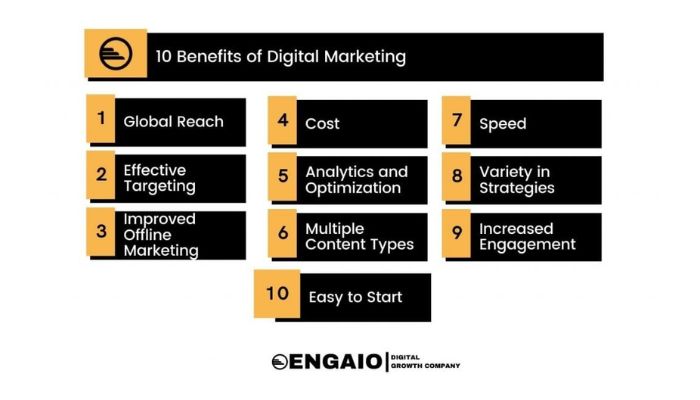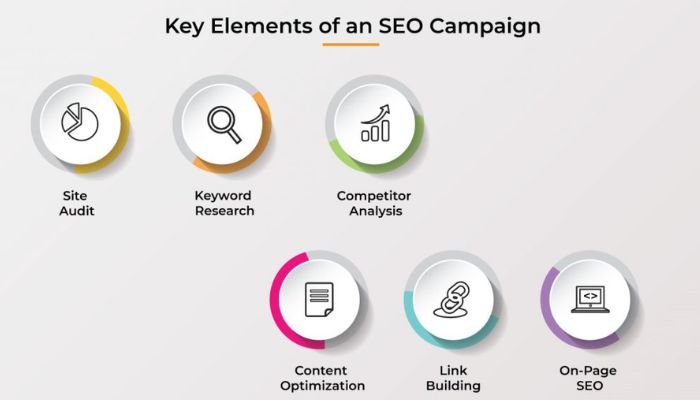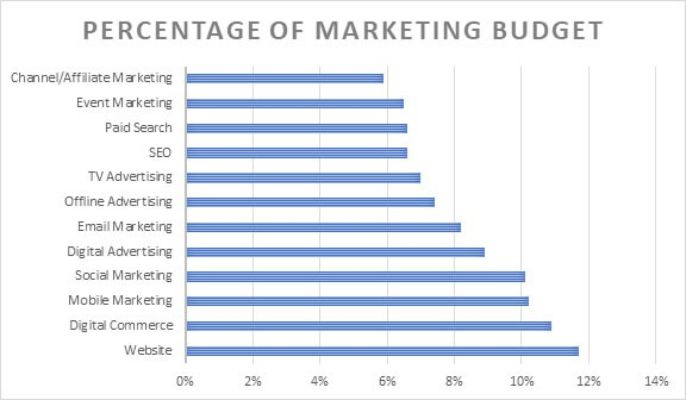In recent years, the landscape of marketing has become ever more connected, complex, and competitive. Businesses must be willing to take on the challenge to stay in the game – but what does that require?
To begin with, it eliminates the idea that a successful and impactful marketing campaign can be done on a “shoestring” budget. It is no longer sustainable or even effective for businesses to operate within such constraints given current market trends.
Investing wisely in appropriate strategies needs to become paramount; as applying basic tactics without understanding the embedded cost or ROI doesn’t deliver results anymore.
The Changing Face of Marketing Budgets
Traditional shoestring budgets
Understanding traditional shoestring budgets in modern marketing requires a look into the past. Prior to the digitization of our world, these fix-it budgets were often touted as cost-effective solutions for Internet advertising such as search engine optimization (SEO). They sought quick results with little investment yet produced fleeting and ineffective results.
Although they may have kept down costs on timeliness and implementation, their longevity was limited; businesses who relied heavily on them ended up struggling in an ever-evolving landscape. Needless to say, today’s Google knows much more than could be developed by one individual or team: successful SEO demands a strategy and quality effort which involve managed resources.
Why traditional approaches are no longer effective?
As consumer behaviors and marketing channels have become increasingly digital, businesses too must reimagine their approach to budgeting for marketing. Traditional, “shoestring” approaches are insufficient in today’s complex environment, where consumers expect a deep level of personalization and targeted outreach requires careful cultivation with long-term investment.
Investing in new customer acquisition tactics, such as search engine optimization (SEO), can produce significant return on investment (ROI) over the long run—but it’s critical an effective strategy is developed alongside a focused effort on nurturing customer loyalty and relationship building.
New realities and challenges faced by businesses
With the advent of the digital age, businesses have had to adjust their current marketing budgets accordingly. Not only does this require dedicating more resources towards emerging technologies but it also shifts the way companies approach their strategy. This inevitably poses many never-before-seen challenges in terms of identifying how best to allocate budget and setting realistic expectations for financial returns.
Companies must stay up-to-date with changing trends in order to reap competitive advantages and remain ahead of industry competitors in an ever-evolving field. As such, modern businesses must ensure that they dedicate budget not simply to product promotion and awareness but moreover insight into customer buying habits as well as research into better insights in target demographics and precise company positioning strategies.
Embracing Modern Marketing Strategies
Significance of digital marketing
In today’s business world, embracing modern marketing strategies is essential for success. Digital marketing trends plays an especially key role; staying connected to customers and prospects through popular online channels is invaluable.
From Search Engine Optimization (SEO) to content marketing, email campaigns, social media engagement and much more, digital tools and tactics provide businesses with a cost-effective way to soar ahead of the competition. Reaping the rewards of such creative and versatile approaches leads companies toward valuable long-term returns.
Diverse range of marketing channels and tactics
Modern businesses need to embrace a more-diversified approach when it comes to their marketing strategies. As the landscape of marketing evolves, companies should explore new tactics and channels that will be effective out in the market.
From currently popular tactics such as email and content marketing, to newer forms of digital marketing including social media and influencer collaboration, there’s often great potential for tapping into brand-new channels. By understanding particular target audiences’ preferences and innovating approaches specifically suited to the unique needs of each platform, companies can thrive within any budget level with substantial returns.
Impacts of personalized and data-driven approaches
The widespread adoption of digital marketing has made personalized and data-driven approaches to marketing more attainable than ever before.
Applying the detailed personas created from enormous amounts of customer data allows businesses to tailor their strategies to individual audiences’ needs, forming stronger connections with customers. This level of fully customized, targeted campaigns often leads to increased ROI due to the optimized impact it brings.
Data analytics also helps companies efficiently leverage their budgets by spotting trends and innovating quickly enough in order changes quickly as needed. In today’s saturated marketplace investing wisely for growth literally pays off in greater consumer loyalty, advocacy, visibility, brand recognition & engagement.
The True Cost of SEO
Unpacking the elements of an SEO campaign
SEO campaigns are complex and can involve a variety of elements. These can include keyword research, website optimization, content creation & distribution, link-building strategies and technical integration with other marketing channels. However, not all agencies provide the same level of services or expertise in SEO.
Additionally, pricing models vary widely based on geographical differences and competitive niches. Therefore when shopping for SEO services it is important to be aware of specifics like agency experience and ask the right questions so you can select a provider that truly meets your unique needs at an affordable price.
Factors influencing the cost of SEO services
How much should SEO cost? It can vary significantly depending on the type and scope of the project being implemented. Key factors influencing price include the hourly rate, website complexity, competitive landscape, local vs. national keywords, backlink difficulty score, unique content requirements, internal SEO budget constraints and more.
The breadth of service may also impact cost; packages typically vary from shallow campaign optimizations to long-term strategy consultation following an in-depth audit analysis. In each case having a quality team dedicated to the success of your SEO initiatives makes all the difference for ultimate ROI achievement and financial gains.
Differentiating between cheap and effective SEO strategies
Proper SEO investment is contingent upon understanding the components and cost variables that make up the service. While comparatively inexpensive ‘quick-fix’ methods can generate short-term gains, more meaningful results often necessitate working with a professional SEO specialist or agency.
Before investing in any offer it pays to assess whether it offers high value for your business’s needs, which could entail organic link building, technical diagnostics such as copy fixes or plugin installation, and ongoing analytics reporting to track progress and result interpretation.
Finding Balance: Allocating Your Marketing Budget
Assessing your business goals and marketing needs
Accurately assessing a company’s marketing goals and needs is vital to establishing an effective budget. Business leaders must create realistic, attainable objectives outlining their desired success in various marketing channels and customer segments.
Data can help management make decisions about exactly where and how the money should be spent for each particular demand or market segment. A comprehensive assessment of overall goal achievement will determine successes, areas of further investment, needed resources as well as competencies.
Creating a flexible marketing budget that adapts to market trends
For businesses to stay ahead of their competition and maximize profitability, they must develop a flexible marketing budget that adapts to inverse changes in market trends.
A well-crafted marketing budget should compromise fixed amounts dedicated to absolute necessities, controlled expenditures for planned goals, and varied expenses approved on an as-needed basis.
To accurately adjust resources throughout different times of the year managers must craft accurate forecasts based on hard data from consumer research released at regular intervals or prepare projections using AI technology and past performance metrics.
Making informed decisions: Investing in the right channels for your business
Making informed decisions in regard to allocating your marketing budget means understanding which channels and tools are right for marketing your business’ particular products or services. When deciding where you should invest, it’s important to analyze the needs of the target market and identify how customer priorities may have changed due to digital transformation.
Additionally, research is key – guarantee investments are making an impact by researching marketing opportunities beforehand, so as to not risk wasting funds on ineffective solutions. Only after justifying investment can businesses move forward in constructing a flexible yet tailored budget toward their long-term goals with dollar costs well accounted for.
Navigating ROI in Modern Marketing
Rethinking ROI in the digital era
Today’s digital age has changed the very definition of Return on Investment (ROI). For marketers, this means redefining ROI beyond individual financial results to include a range of other factors. Traditional marketing ROI is measured in terms of short-term profit or sales increase.
Modern digital tactics, however, come with longer-term benefits such as brand building and loyalty that may be far harder to quantify. In exploring how modern marketing affects the bottom line, it is important for businesses to consider hard ROI but also track soft returns like social engagement and customer lifetime value.
Measuring success beyond immediate financial gains
In the modern marketing landscape, ROI can no longer be solely measured by dollars and cents. There is an extensive range of factors that need to be taken into consideration when evaluating the success of a strategy. This includes intangible gains such as brand visibility, closer customer relationships, product interest or reach extension in digital spaces.
An effective way of measuring success beyond immediate financial gain might be through tracking website user engagement activity including page views or dwell time per device segment, day and hour of visit among others.
By gathering this important data regarding channels and tactics being used marketers can make more informed decisions to create high-value marketing strategies that position their businesses ahead for future success.
Analyzing long-term benefits and intangible returns
In today’s rapidly changing technology and data-driven economy, it is crucial for modern marketing to be able to accurately measure the returns of campaigns. However, the impact of targeted advertising often manifests unpredictably long after a campaign achieves its goal, making RM “Return on Investment” more difficult to measure in the short term.
Therefore, when balancing out potential rewards with related costs it is important for businesses to take into consideration intangible benefits that exceed traditional financial investments such as boosting customer loyalty or growing broader brand awareness over time.
A well-executed metadata strategy requires thoughtfully diversified resources spent both smartly and slowly in order to assess incremental yields over extended timelines.
Conclusion
The concept of a limitless budget has been obsolete for some time in the marketing landscape. The new reality is that businesses must make strategic decisions about their budget allocation for the best possible returns. Investing in an effective combination of digital, personalized and data-driven tactics can help to fuel success and ROI within the current market.
Properly planning each campaign or tactic with proper measurement of effectiveness is key for ensuring performance and delivering long-term returns on investment. With the right engagement models and strategy navigation, businesses can level up marketing campaigns while limiting shoestring budgets.














